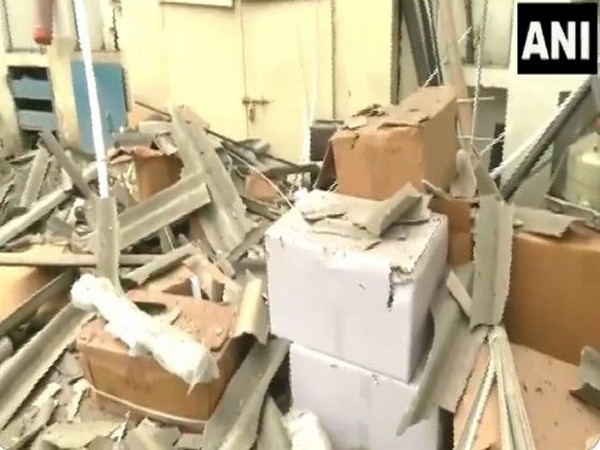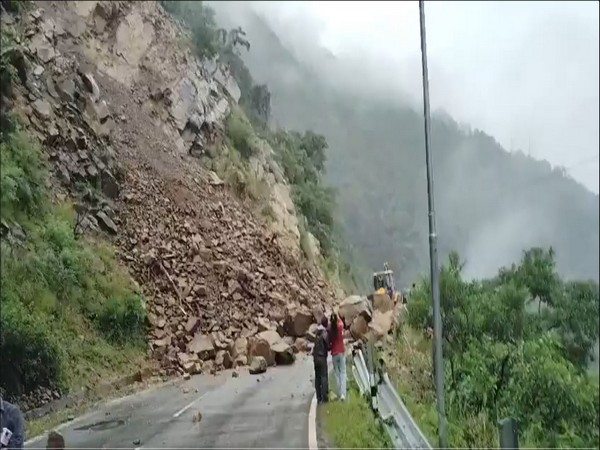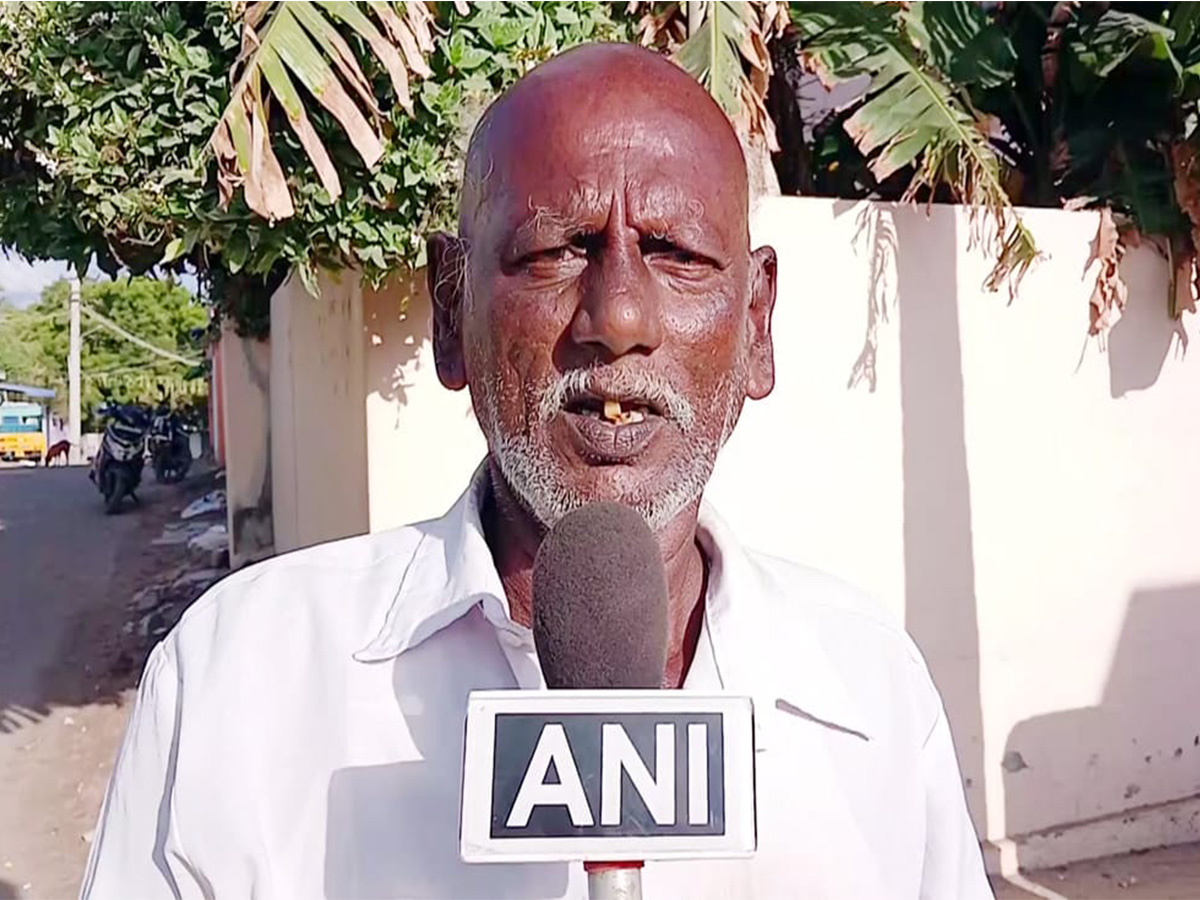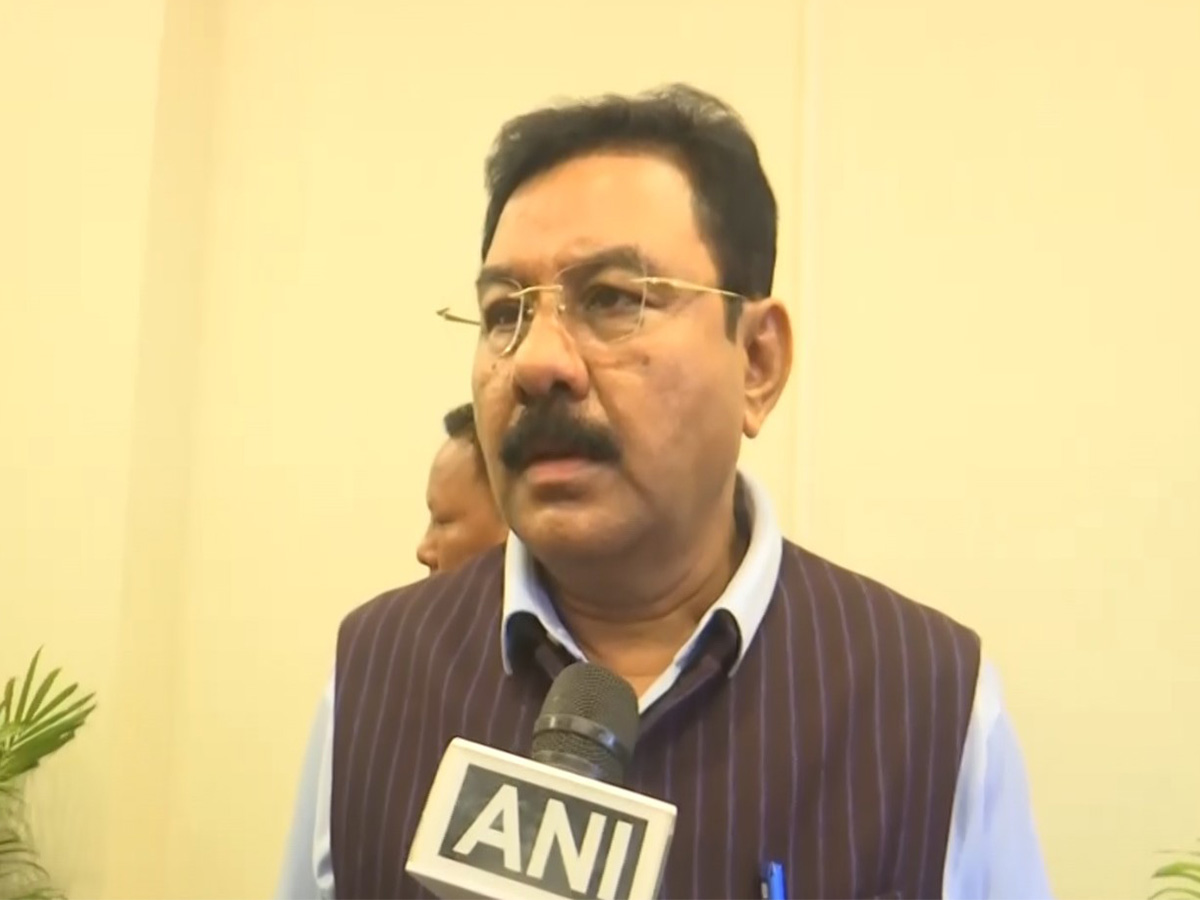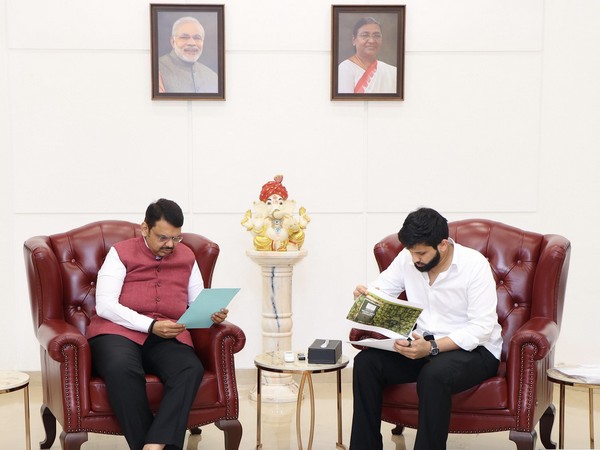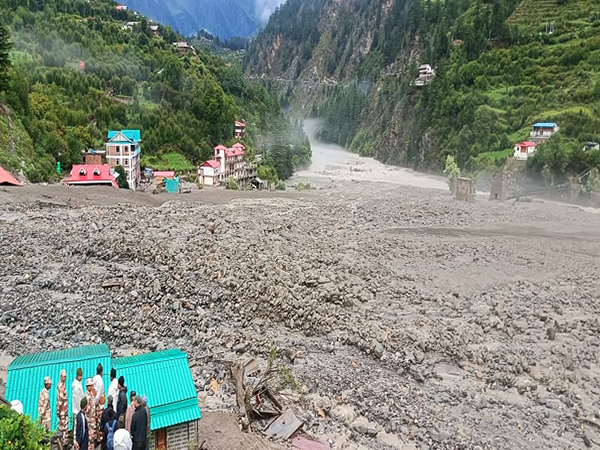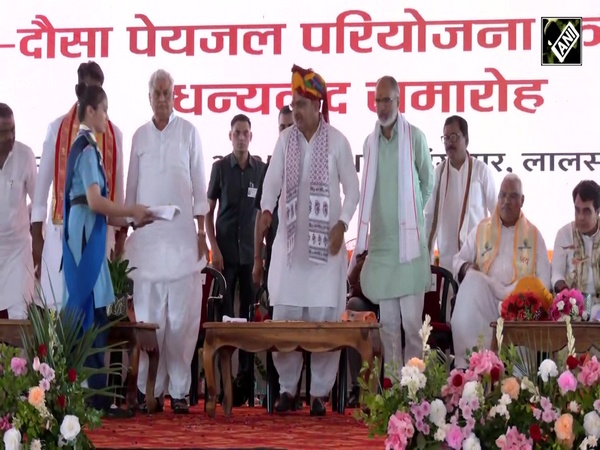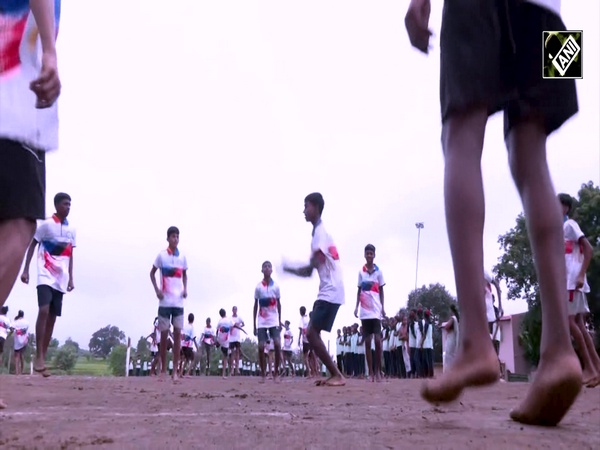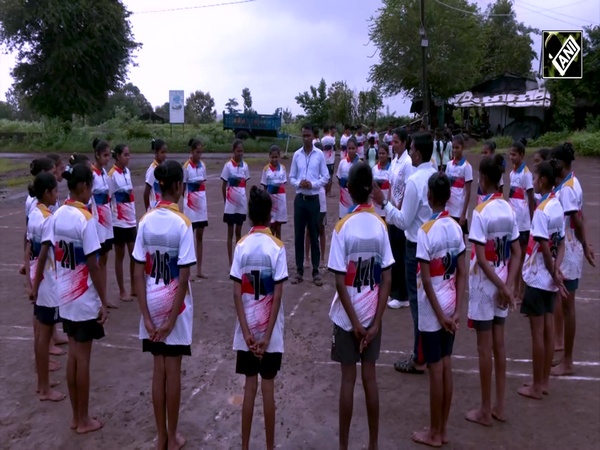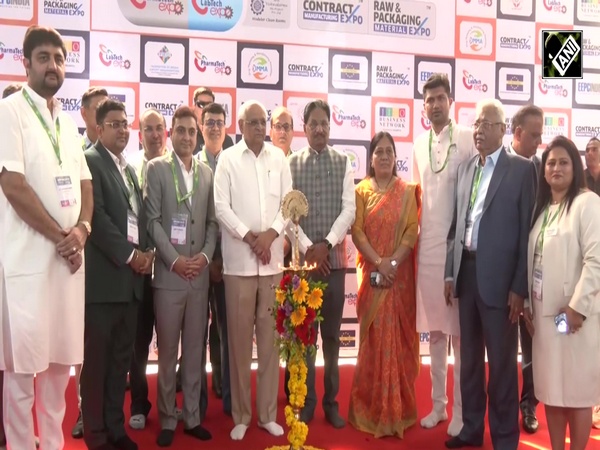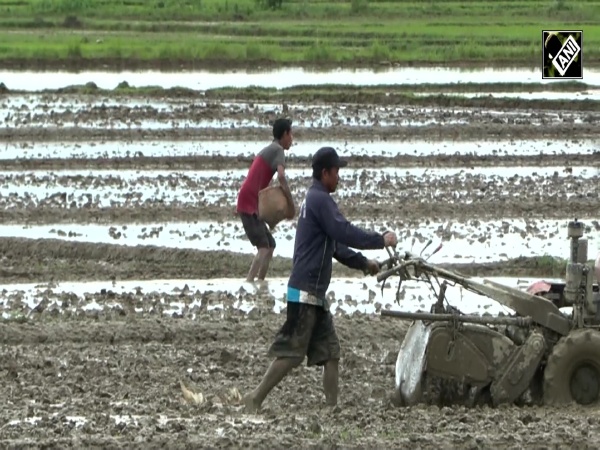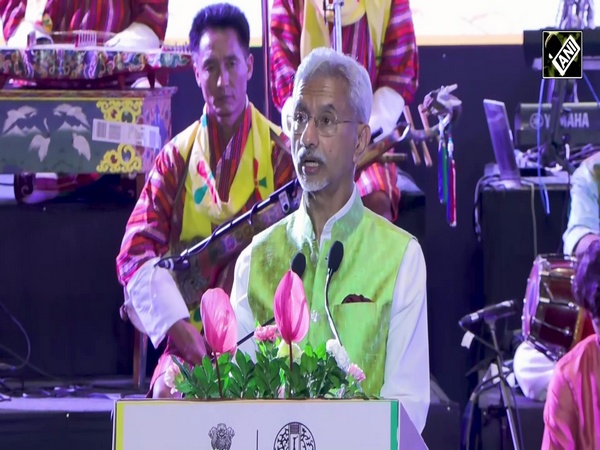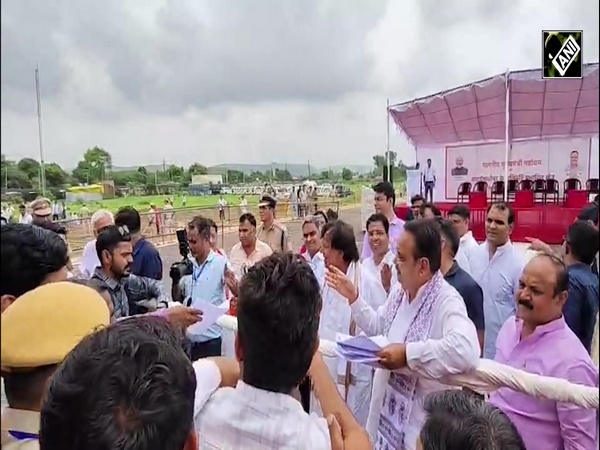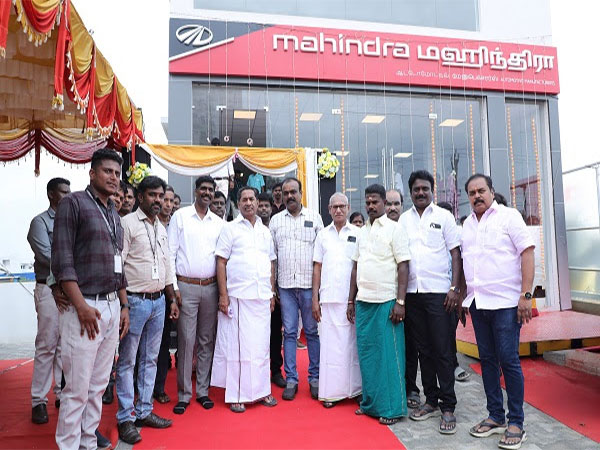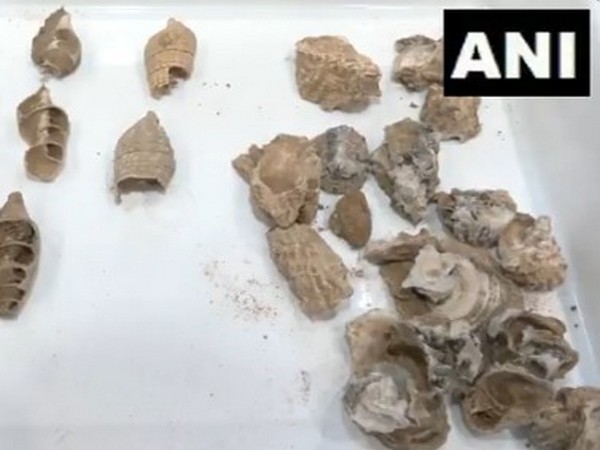
Archaeological findings from Kachchh reveal evidence of human presence dating back 9,000 to 9,500 years, claim scientists
Aug 05, 2025
Gandhinagar (Gujarat) [India], August 5 : Scientists from Gujarat have claimed that the archaeological findings from Gujarat's Kachchh reveal evidence of human presence dating back 9,000 to 9,500 years.
This is a collaborative finding by the Indian Institute of Technology, IIT-Gandhinagar, IIT-Kanpur, the Inter University Accelerator Centre (Delhi), and PRL-Ahmedabad.
Associate Professor VN Prabhakar of the Department of Earth Sciences at the Indian Institute of Technology, IIT Gandhinagar, stated that his colleagues discovered many broken shells in Bambhanka, located 10 kilometres from Dholavira.
"One of our colleagues found many broken shells in Bambhanka, 10 kilometres away from Dholavira. It was found to be about 6,000 years old. When I joined IIT here in 2020, he showed me the findings. I immediately identified that. Those were shell middens... Where shells broken by humans are found collected in one place, archaeologists call it shell middens or shell scatters," said Associate Professor VN Prabhakar.
"We also found some stone tools, which they must have used in the olden times. These are called composite tools... We found evidence of a shell midden in at least 15-16 places... Out of these, we dated about 10 samples, and we found that they were from 7,500 BC to 4,000 BC. In such a big-time bracket, people lived in the hunter-gatherer stage. Much before the civilisation, much before the arrival of Harappa," he said further.
Speaking on more details of the evidence, VN Prabhakar said, "These people understood the local environment completely... This research project is a sponsored project by the Ministry of Earth Sciences. It is a collaborative project of IIT Kanpur and IIT Gandhinagar... We are studying archaeology and the humans who lived there, and the result is that we have found very good evidence. We are going to further expand this research in other islands and Kachchh mainland..."
Meanwhile, in a significant step toward protecting India's cultural and environmental heritage, the Archaeological Survey of India (ASI), in collaboration with the World Monuments Fund India (WMFI) and the TCS Foundation, has completed the conservation work of Rajon ki Baoli, a 16th- century stepwell, located in Mehrauli Archaeological Park, New Delhi.
According to an official release from the Ministry of Culture, this project was a part of WMFI's Historic Water Systems of India initiative, funded by the TCS Foundation, aligning with the World Monuments Fund's Climate Heritage Initiative. It highlights the importance of restoring traditional water systems as sustainable solutions for water management in the face of climate change.
